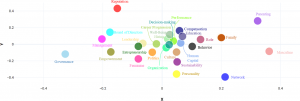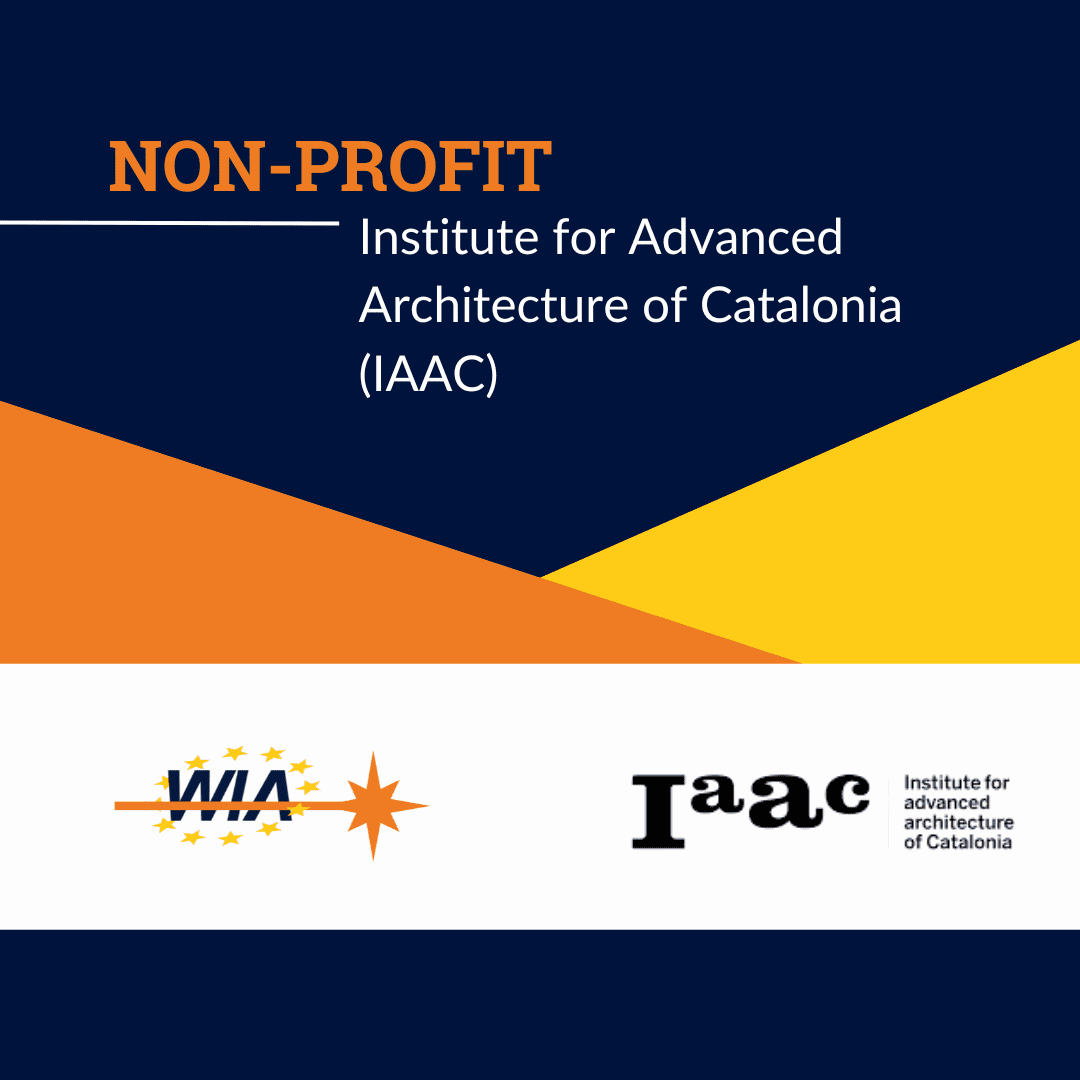 WIA-E’s Director of Research, Paola Belingheri, recently release a new paper tackling the topic of gender equality research over the past 20 years.
WIA-E’s Director of Research, Paola Belingheri, recently release a new paper tackling the topic of gender equality research over the past 20 years.
The new paper from Belingheri et al., titled “Twenty years of gender equality research: A scoping review based on a new semantic indicator” is a study of over 15,000 scientific articles on gender equality, finding that some topics related to women in the workforce are becoming less popular to study, whilst some are gaining momentum – for example: leadership, women on boards, and entrepreneurship.
“Gender equality is a major problem that places women at a disadvantage thereby stymieing economic growth and societal advancement. In the last two decades, extensive research has been conducted on gender related issues, studying both their antecedents and consequences. However, existing literature reviews fail to provide a comprehensive and clear picture of what has been studied so far, which could guide scholars in their future research. Our paper offers a scoping review of a large portion of the research that has been published over the last 22 years, on gender equality and related issues, with a specific focus on business and economics studies. Combining innovative methods drawn from both network analysis and text mining, we provide a synthesis of 15,465 scientific articles. We identify 27 main research topics, we measure their relevance from a semantic point of view and the relationships among them, highlighting the importance of each topic in the overall gender discourse. We find that prominent research topics mostly relate to women in the workforce–e.g., concerning compensation, role, education, decision-making and career progression. However, some of them are losing momentum, and some other research trends–for example related to female entrepreneurship, leadership and participation in the board of directors–are on the rise. Besides introducing a novel methodology to review broad literature streams, our paper offers a map of the main gender-research trends and presents the most popular and the emerging themes, as well as their intersections, outlining important avenues for future research.”


